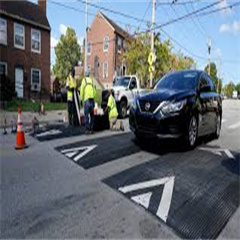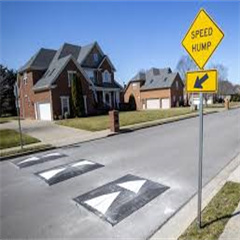Minimalist signboard design focuses on simplicity, clarity, and essential elements. The goal is to convey the message effectively using minimal visual elements while creating a clean and impactful design. Here’s how to master the art of minimalist signboard design:
- Simplicity is Key:
- Start with a clear and concise message. Strip away any unnecessary information to ensure the message is straightforward.
- Limit Color Palette:
- Use a limited color palette to maintain a clean and focused design. Opt for colors that align with your brand or the message’s tone.
- Choose a Simple Font:
- Select a minimalist font that is easy to read and aligns with the message. Sans-serif fonts often work well for minimalist designs.
- Negative Space:
- Embrace negative space (empty space) around text and graphics. This not only enhances readability but also adds to the overall aesthetic.
- Minimal Graphics or Icons:
- If using graphics or icons, keep them simple and relevant to the message. Avoid overly detailed visuals that can clutter the design.
- Hierarchy of Information:
- Use font size, weight, and placement to establish a clear hierarchy for the information. Important details should stand out.
- Single Focal Point:
- Direct attention to a single focal point, such as the main message or a key graphic. This ensures a clear and uncluttered design.
- Consistent Alignment:
- Maintain consistent alignment of text and graphics. Choose either centered, left-aligned, or right-aligned based on the design’s balance.
- Use Grids and Guidelines:
- Use grids or guidelines to maintain alignment and balance. This helps create a structured and organized design.
- Limit Effects and Decorations:
- Minimize the use of special effects, shadows, and decorations. A minimalist design thrives on simplicity.
- Test at Different Sizes:
- Test the signboard design at various sizes to ensure readability from different distances. Make sure the message remains clear when scaled down or up.
- Consider Negative vs. Positive Contrast:
- Utilize positive contrast (light text on a dark background) or negative contrast (dark text on a light background) to enhance legibility.
- Whitespace as a Design Element:
- Use whitespace intentionally as a design element. It helps create a sense of balance, elegance, and focus.
Examples of minimalist signboard design:
- A white signboard with a simple black logo and the company name in a minimalist font.
- A black background with white text and a single icon to convey the main message.
- A directional sign with arrows and minimal text, all in a single color against a white background.
- A monochromatic signboard with a bold number and a short caption, placed against ample negative space.
- A modern signboard with a single-word message in a large, bold font, aligned to one side.
Remember that in minimalist design, every element serves a purpose and contributes to the overall visual impact. By simplifying the design, you create a strong and memorable signboard that effectively communicates its message.







